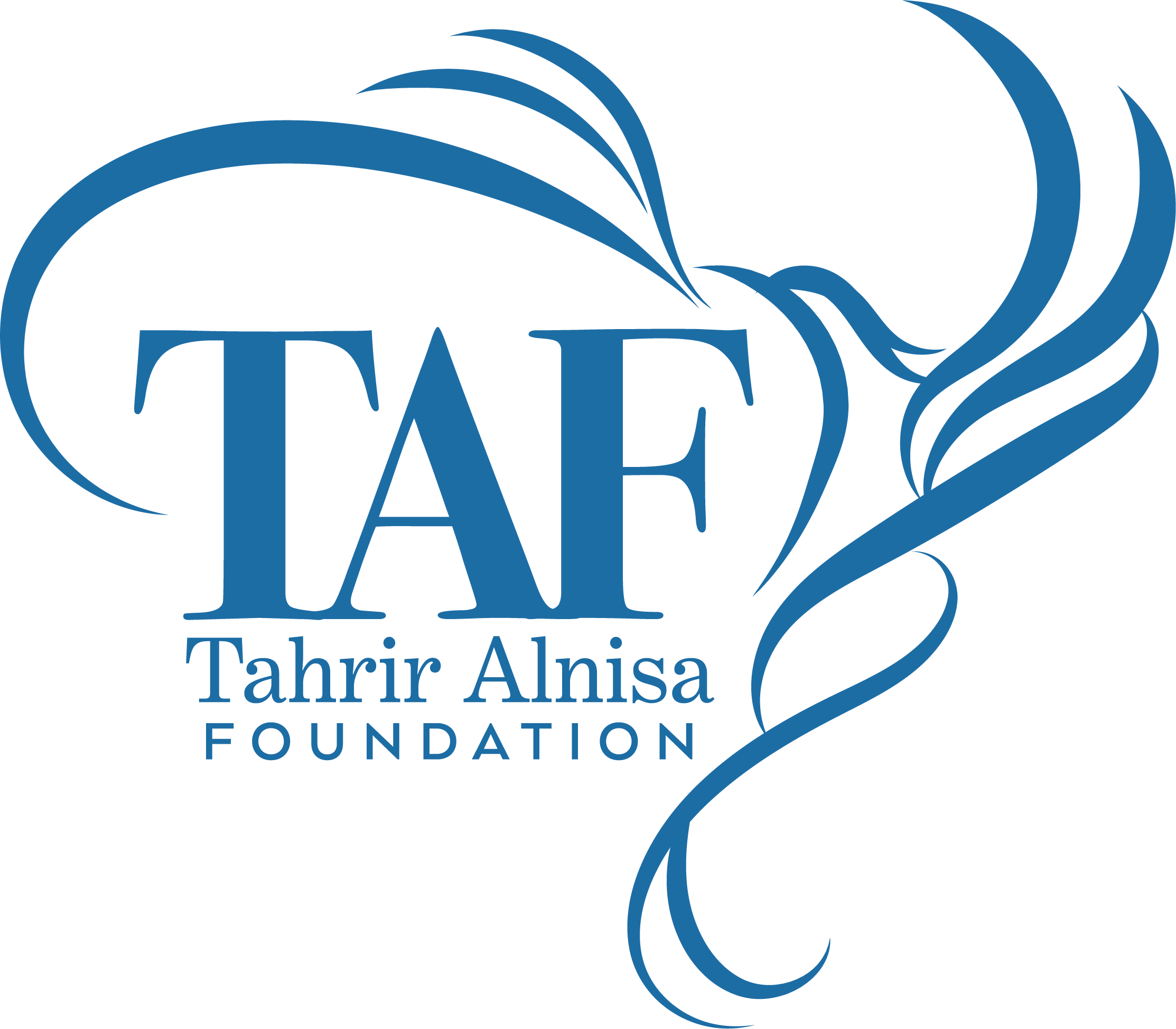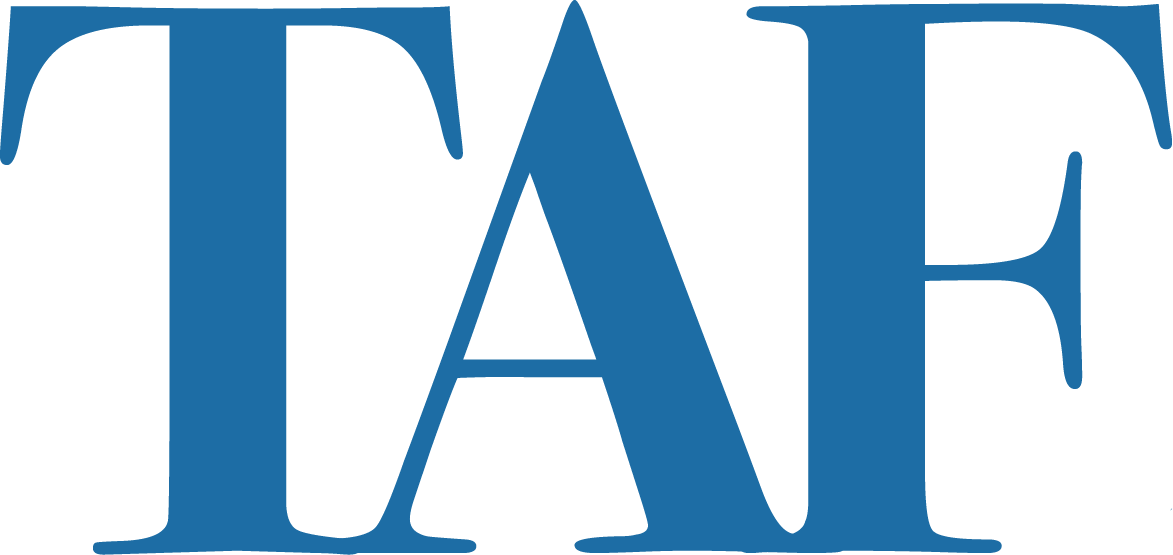Almost 30 million victims are trapped in the modern-day slavery of human trafficking. Most people are familiar with the term human trafficking which refers to when a person is recruited or kidnapped, threats of force or harm are given to keep the person in submission, and the slavery of the person is purposeful (i.e. economic or sexual). What most people don’t realize is that human trafficking intersects with domestic violence in many ways. They are not mutually exclusive.
The Department of Justice defines domestic violence as: a pattern of abusive behavior in any relationship that is used by one partner to gain or maintain power and control over another intimate partner. Domestic violence can be physical, sexual, emotional, economic, or psychological actions or threats of actions that influence another person. This includes any behaviors that intimidate, manipulate, humiliate, isolate, frighten, terrorize, coerce, threaten, blame, hurt, injure, or wound someone. Most of this definition could be used to describe human trafficking too. Domestic abuse is not “cyclical,” and neither is human trafficking. Abuse is always present in an oppressive relationship; it just takes on different forms.
Domestic Abuse Power/Control Wheel
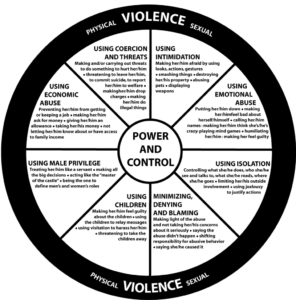
Domestic Abuse Intervention Project’s Duluth Model Power and Control Wheel
Human Trafficking Power/Control Wheel
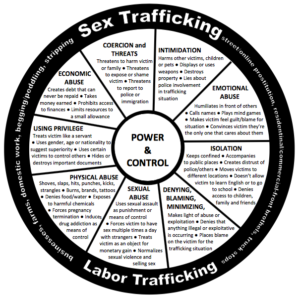
The Polaris Project Human Trafficking Power and Control Wheel is adapted from the Domestic Abuse Intervention Project’s Duluth Model Power and Control Wheel.
Many individuals are trafficked by an intimate partner, family member, or other member of the household, and these victims of human trafficking have frequently lived with domestic violence first. Domestic violence “grooms” women and children for trafficking causing someone to become vulnerable to trafficking. Conversely, human traffickers will often impregnate their victims or force marriages especially with children so that the lines of domestic violence and human trafficking become blurred. With both terrible scenarios power and control is at the core.The 2009 U.S. State Department Trafficking in Persons Report cited a study which found that approximately 70% of female trafficking victims had experienced domestic violence prior to being trafficked. Research also indicates that many runaway children frequently come from homes with toxic domestic violence, and one in six of these children indicate signs of experiencing sex trafficking.
Not surprisingly, both domestic abuse and human trafficking are forms of slavery and require an “underground railroad” to rescue victims. Both domestic violence and human trafficking are abuses of power, and the victims are both mostly women. Knowing this, it should not be surprising that victims of domestic violence are often the most vulnerable to human trafficking.
Understanding the intersection between these two forms of slavery is important because these topics do not exist in a vacuum. That’s why the national domestic violence and child welfare policy changes we are spearheading also prevent and target human trafficking right here in the U.S. We are working right now on developing safeguards and accountability measures to make sure these children’s voices are heard. These policy changes will also protect moms, who are more likely to lose custody when they report abuse on behalf of their children. By working to rescue domestic violence victims and human trafficking victims at the same time we hope to bring increased awareness and advocacy for both.
